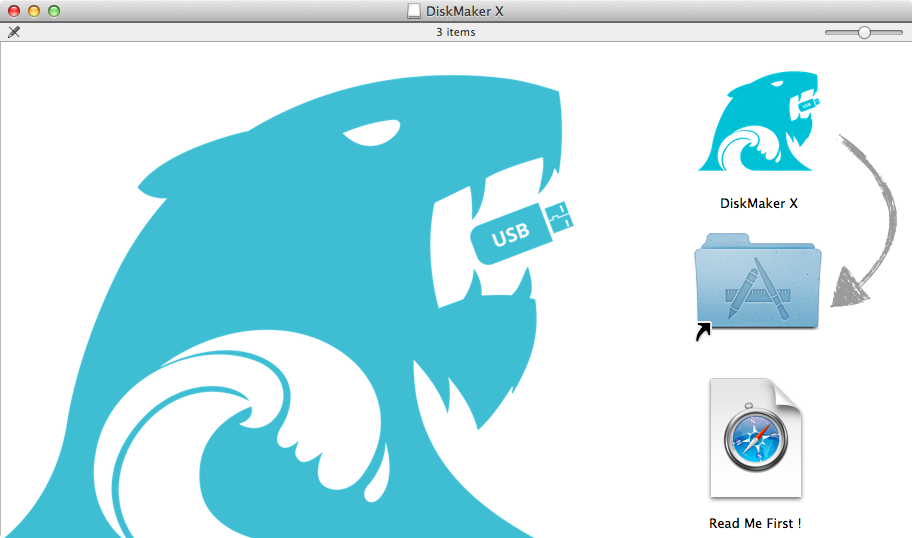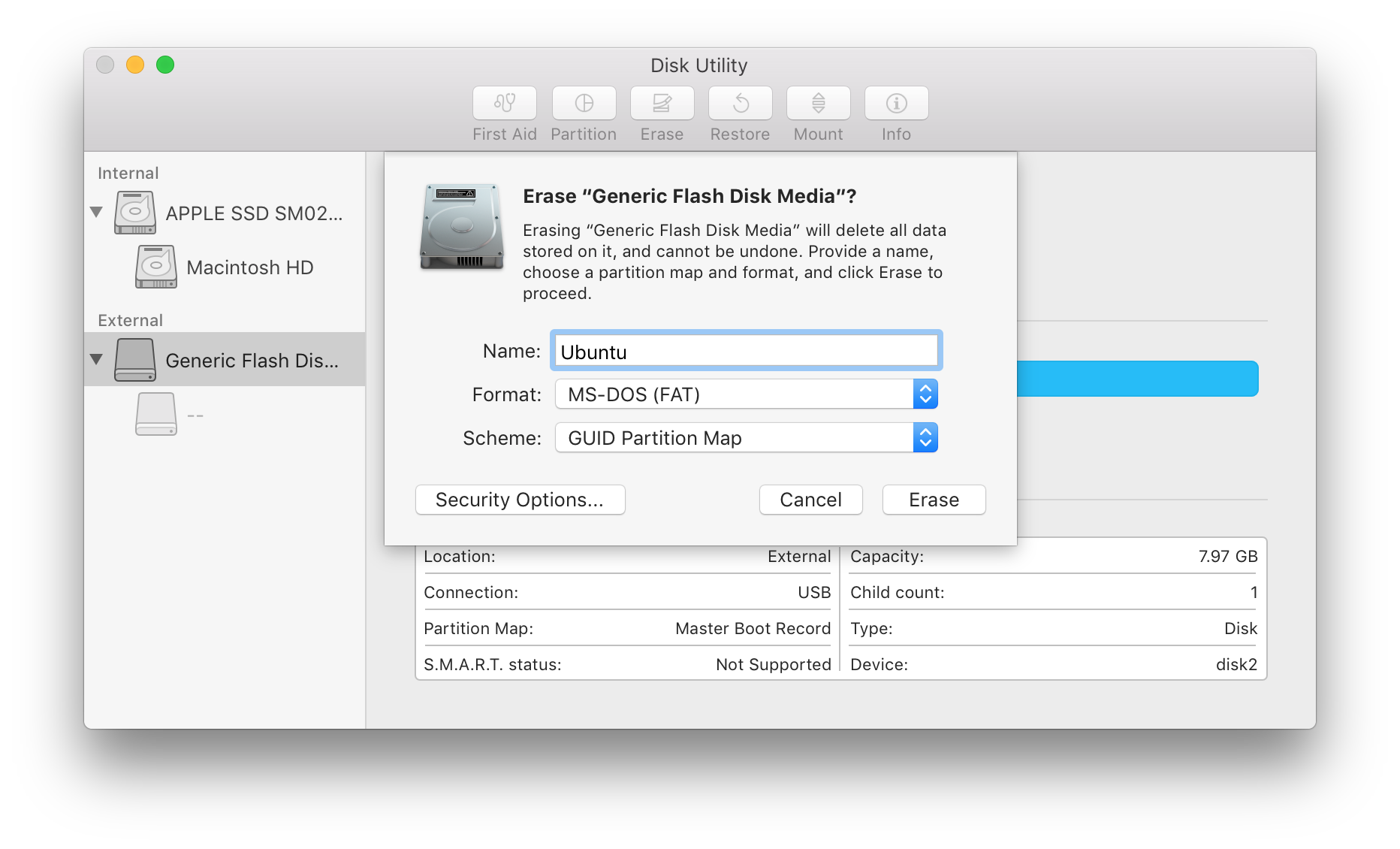
- #Create a boot usb for macbook pro mac os
- #Create a boot usb for macbook pro install
- #Create a boot usb for macbook pro Pc
- #Create a boot usb for macbook pro iso
- #Create a boot usb for macbook pro download
Now in the next blog, I will go through how I upgraded my late 2011 MacBook Pro. Sudo /Applications/Install\ macOS\ High\ Sierra.app/Contents/Resources/createinstallmedia -volume /Volumes/MACINSTALL -applicationpath /Applications/Install\ macOS\ High\ Sierra.app -nointeraction &say Done – Open Terminal and paste the following command Now, all we want is to put this file into the flash drive so that the laptop boots up with this installed file.
#Create a boot usb for macbook pro download
Go to Mac App Store and download MacOS Sierra.Leave the scheme as ‘Master Boot Record’.
#Create a boot usb for macbook pro mac os
#Create a boot usb for macbook pro install
Your best bet then is to install Windows 10 onto your Mac itself and use Microsoft’s Media Creation Tool or a third-party utility such as Rufus to create a compatible bootable Windows 10 USB stick.Hey guys, I have a MacBook Pro late 2011 edition which is pretty slow compared to the MacBook Pro I bought last year.
#Create a boot usb for macbook pro Pc
If not, it’s likely that your PC uses the much older BIOS (Basic Input/Output System) instead of UEFI (Unified Extensible Firmware Interface). Boot into Your Computer and Start Repairingĭid you manage to boot into your computer with the USB stick? You probably did. The USB stick should also function as a bootable device on your Mac. Do remember to change the boot order if you haven’t done that already already. You can now disconnect the USB drive and use it to boot into your PC. After Terminal finishes copying all files, unmount the USB from the desktop or use the following command (replace with correct disk identifier) instead. Sudo wimlib-imagex optimize install.wim –solidĬp install.wim /Volumes/WINDOWS10/sources/install.wimĩ. However, this method can take a lot of time (up to an hour) to complete.

Copy and paste the following command and press Enter.Īlternatively, you can use the two commands below to compress and copy the install.wim file to the drive. In the left-hand pane, click on the USB drive to select it. Launch the Disk Utility app which is located in Applications > Utilities. Find a USB drive, of 2GB capacity or more, and plug it into the Mac. Go to Finder > Applications and launch Terminal.Ģ. The first part of the process is to format a USB drive such that it is bootable on a Mac.
#Create a boot usb for macbook pro iso
If you plan to use an older Windows 10 ISO file with an “install.wim” file under 4GB, skip ahead to the next section.ġ. Install HomeBrew and wimlib on your Mac by running the following commands in the Mac’s Terminal.


Select Continue on the Introduction screen.ģ. Go to Finder > Applications > Utilities and launch Boot Camp Assistant.Ģ. Note: You can’t use Boot Camp Assistant on Mac’s with Apple M1 chipsets.ġ. It comes with an option to create bootable Windows 10 USB drives on a few Mac models, but it usually ends up running into issues while formatting or copying files to the flash drive. Give the Boot Camp Assistant a Try Firstīefore you go ahead, you may want to give the Mac’s Boot Camp Assistant a try first. If you do have a copy lying around, feel free to use it. However, Microsoft does not make older versions of Windows 10 available for download in ISO format. In that case, you don’t have to install HomeBrew and wimlib since you can copy the file to the USB stick normally. If you have an older ISO image of Windows 10 (such as Windows 10 version 1903 or earlier), it may have an “install.wim” file under 4GB.


 0 kommentar(er)
0 kommentar(er)
